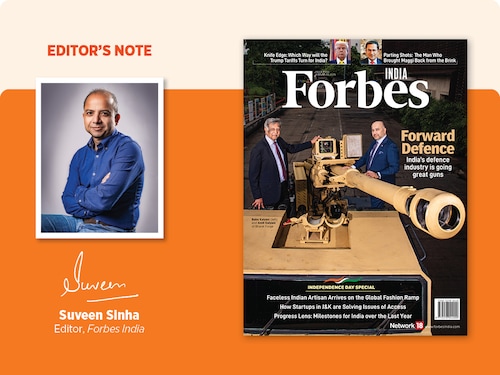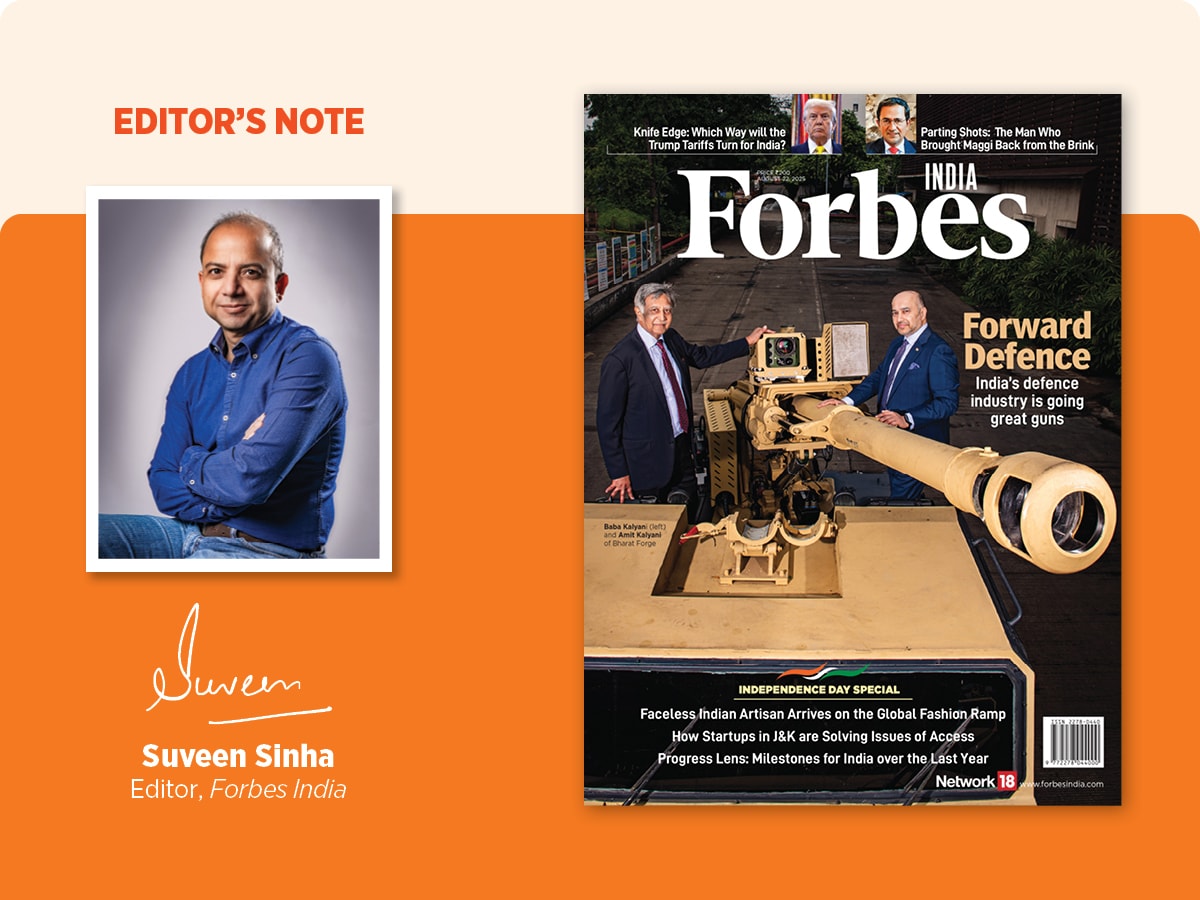For a better future
From Atal Bihari Vajpayee's vision of 'natural allies' to Donald Trump's tariffs and accusations, India and the US continue their complex dance of cooperation, conflict, and cautious optimism



India and the United States, with liberal, democratic and entrepreneurial values in their veins, and a shared stand on terrorism, should be inevitable allies. In 1998, Atal Bihari Vajpayee, prime minister at the time, articulated in a speech in New York that the two countries were “natural allies in the quest for a better future for the world in the 21st century".
Ironically, 1998 was the same year in which India carried out its nuclear tests and incurred the wrath of the US, which led a band of countries in imposing political, economic and technological sanctions against India. That—to use a sports metaphor—came against the run of play. Earlier that decade, there was growing warmth in India-US relations after the collapse of the USSR.
The sanctions soon got diluted and later lifted, but generally speaking , India and the US have never had the smoothest of friendships—in spite of John F Kennedy’s support to India in the 1962 war with China, Norman Borlaug’s help with India’s Green Revolution, the healthy growth in bilateral trade in recent years, the sharp rise in significance of the Indian diaspora in the US, the civil nuclear deal signed by the Manmohan Singh government, and regardless of the collaborations in energy, defence, climate, technology and other critical areas.
Which may have something to do with how fiercely India wanted to safeguard its hard-won Independence. As far back as 1951, Prime Minister Jawaharlal Nehru, speaking in Parliament, extolled the virtues of being non-aligned and not letting anyone tell us which policy to pursue. That was when the world was already getting polarised, with the US and the USSR on either side of the divide. Down the road, the US aligned itself with Pakistan and India, without joining any bloc, leaned more towards the USSR.
Even today, as you can suss out from an article in the Time magazine from June 2023, the western world seems to be well aware of the spiritual leanings of India’s foreign policy towards vasudhaiva kutumbakam and the G20 theme under India’s presidency: One Earth, One Family, One Future. Both show an approach of “multialignment".
As this letter is being finalised, there are strong indications that Russian President Vladimir Putin would visit New Delhi this year and Prime Minister Narendra Modi might go to China for the first time since 2018.
The last few years promised much, as India began to emerge as an economic and manufacturing alternative to China. US President Donald Trump’s return to the White House this year was expected to bolster this, by turning India into more of a bulwark against the US’s biggest economic rival.
But that plan looks set to go off the rails, what with the threat of unsustainably high tariffs on India’s exports to the US and the country being declared a “dead economy", in addition to being accused of financing Russia’s war with Ukraine.
We can debate the rationale of President Trump’s statements and actions till we go blue in the face. But the fact is that businesses here face uncertain times, especially those such as automotive components that have a high reliance on the US market.
That is why companies such as Bharat Forge, the protagonist of this fortnight’s cover story by Manu Balachandran, would be heaving a sigh of relief for diversifying into potent areas such as defence. But this is not just about one company. Bharat Forge embodies the rise of India’s indigenous defence industry after decades of reliance on imports. As we saw during Operation Sindoor, the domestic defence manufacturers are bringing out the big guns.
Suveen Sinha
Editor, Forbes India
Email: suveen.sinha@nw18.com
X ID: @suveensinha
First Published: Aug 18, 2025, 10:20
Subscribe Now